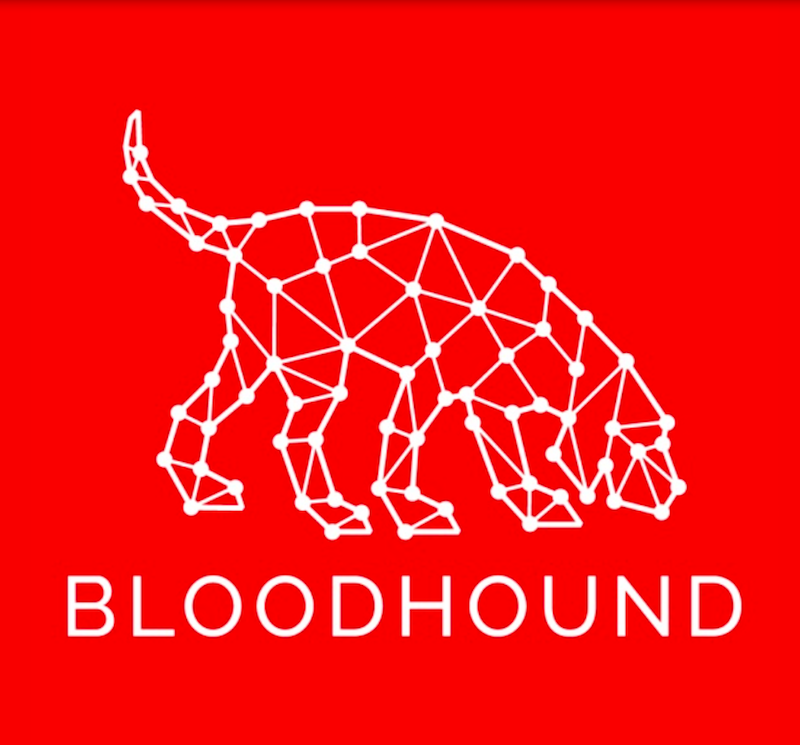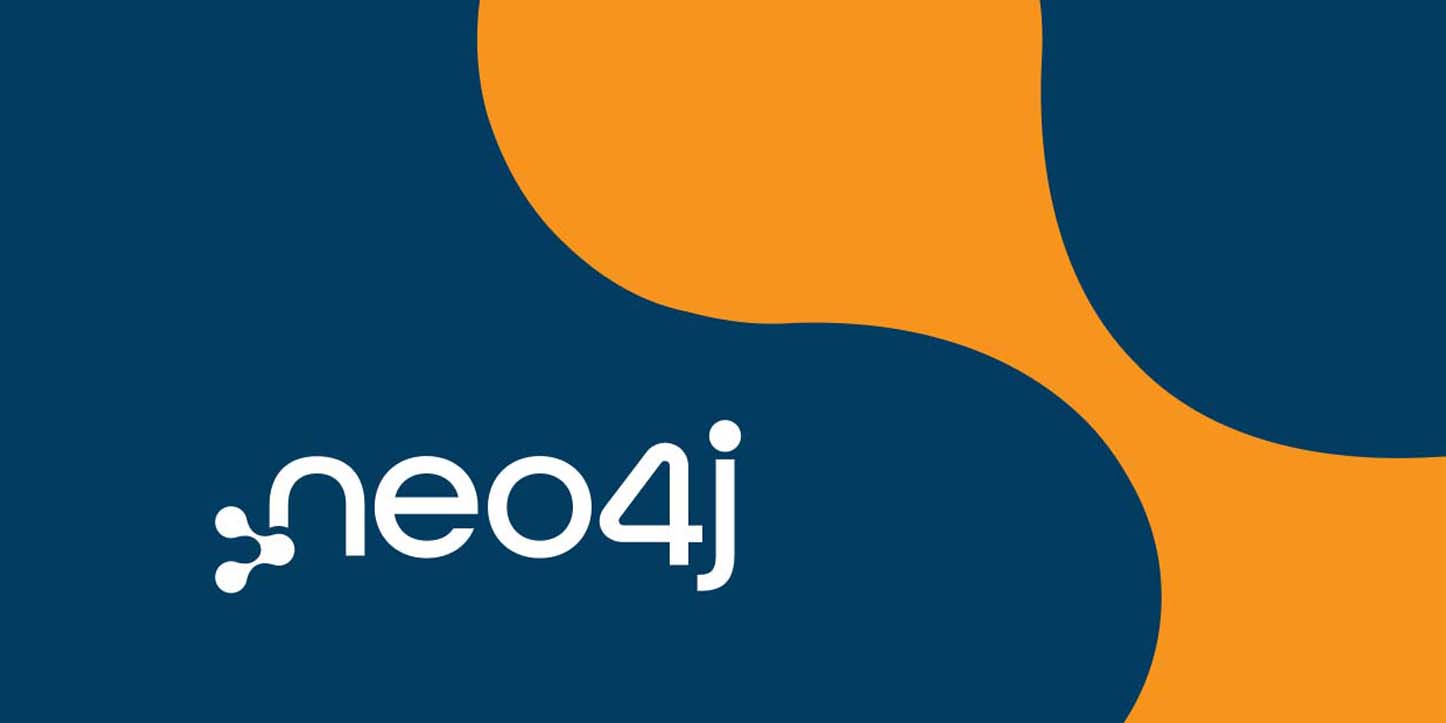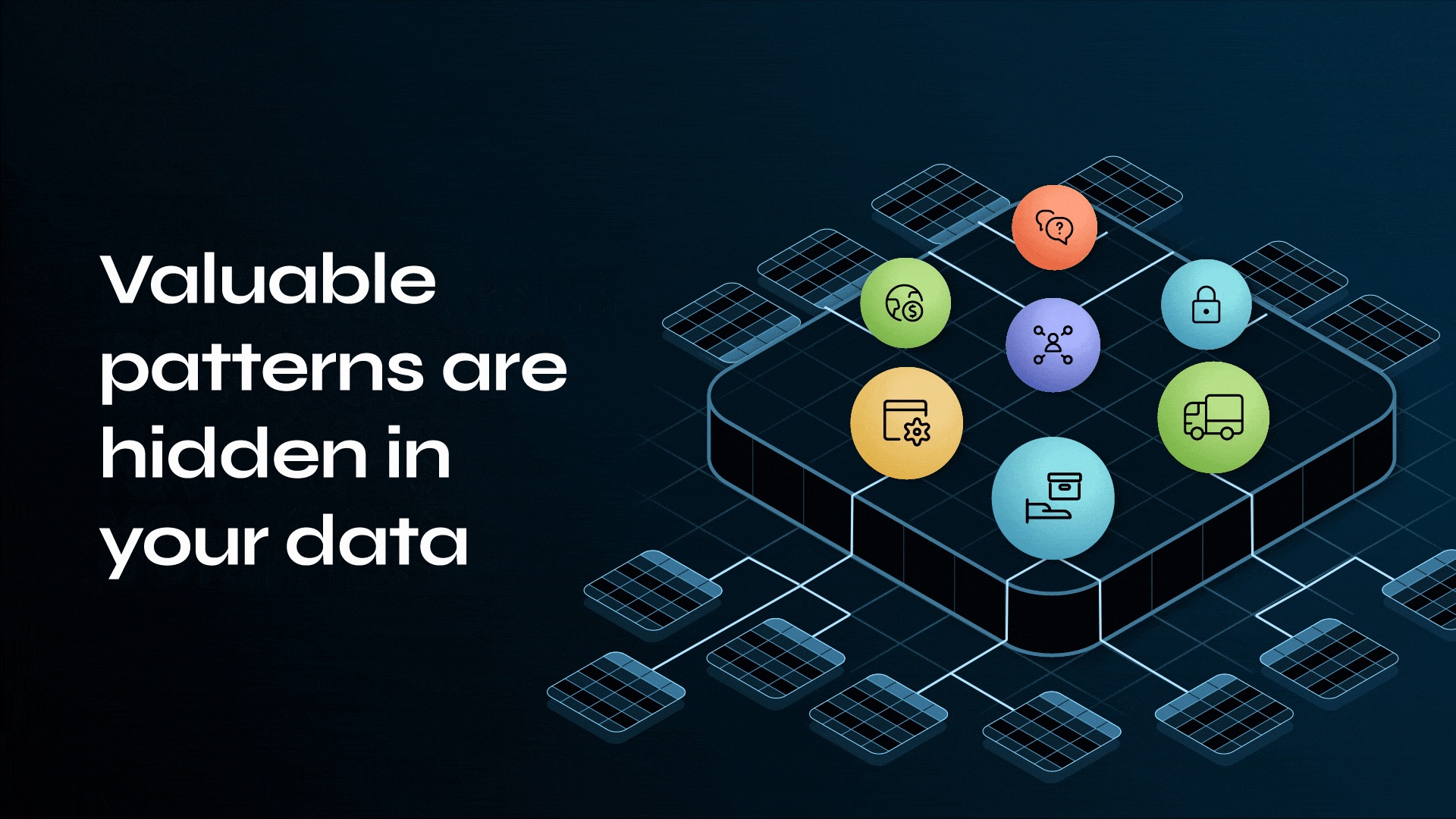This Week in Neo4j – Reducing visualization complexity, BloodHound 3.0, Gene Regulation Graph Database, Pokemon Day, 4.0 Webinar, GraphTour Europe developer campfire talks

Developer Advocate Neo4j
5 min read

Greetings graphistas!
I’m taking on the newsletter batton from Jennifer this week whilst Mark Needham is enjoying his well-earned break.
In this week’s edition we learn from Jan Zek a powerful yet simple approach for reducing complexity when visualizing graph data.
Bloodhound 3.0 was recently released. We find out about all the new features, and how we might deploy it with Neo4j 4.0 on VM.
A team from the Guangzhou Medical University share their Gene Regulation Graph Database platform.
Pokemon Day is upon us! We check out Joe Deapeu’s latest blog post, and remind ourselves of Igor Zorani’s webinar
We’ve got a copy of the Neo4j 4.0 all-star webinar in case you missed it.
Last but not least, we announce the developer campfire talks, running alongside the GraphTour London and Munich
I hope you have a fabulous weekend!
Lju and the Developer Relations team
Featured Community Member: Jan Žák
This week’s featured community member is Jan Žák. For the last 4 years Jan works as a senior consultant at our partner GraphAware. He focuses especially on full stack web development, geospatial applications, computer security and graph visualization. Jan is a certified Neo4j professional and holds an MSc degree in Computer Security and a BSc degree in Software Engineering from Czech Technical University in Prague

Jan Žák – This Week’s Featured Community Member
Jan has been very active in the Neo4j community. He has written a number of articles on graph visualization and given a number of talks on the topic, most recently at NODES 2019 as you can see below. Thanks a lot Jan for all your insightful contributions.
NODES 2019: Challenges in knowledge graph visualization
In this week’s video from the NODES 2019 conference, Jan Zak demonstrates a powerful way to reduce the complexity of visualizing graph data.
Using the example of knowledge graphs, Jan explains some of the challenges you can have with visualizing data, such as many nodes, or distinguishing between node types of different levels of importance.
He then introduces an elegant method based on APOC virtual relationships and path expander procedures to reduce complexity of displayed data.
Whilst the focus is on knowledge graphs, this approach is equally valid in many other areas, such as hiding away complexity of networks, or grouping up individual products into groups.
BloodHound 3.0 is released

The latest version of BloodHound (3.0) was released recently. BloodHound uses graph theory to reveal hidden and often unintended relationships within an Active Directory environment. This is a powerful way to easily identify highly complex attack paths that might otherwise be impossible to recognize.
The latest version of BloodHound includes:
- three new attack primitives
- several performance improvements in the GUI
- support for Neo4j 4.0
Do check out Andy Robbins blog post!
nemesis09 has put together an excellent post on how to get BloodHound 3.0 up and running on a VM with Neo4j 4.0 and Ubuntu 18.0.4 LTE
Gene Regulation Graph Database (GREG)

A group at Guangzhou Medical University has developed a graph-based platform to study gene regulation.
The Gene Regulation Graph Database (GREG) is a publicly available resource that allows users to visualize and explore interactions between DNA and RNA proteins as well as DNA – DNA interactions.
Being able to understand these interactions assist in the study of gene regulation. In their paper, Mei et al. also describe application examples of GREG such as exploring potential causes of chronic obstructive pulmonary disease.
The web platform they have created combined information from multiple other tools and research from individual interaction databases.
You can read their journal publication, GREG – studying transcriptional regulation using integrative graph databases to learn more about their research. Also, you can explore various interactions through their web-based interface.
They are also keen to hear what you think! If you’d like to provide some feedback, you can join them on the community website.
I want to be the very best, like no one ever was…

That’s right! This week saw Pokemon Day, with the famous game turning 24. We couldn’t possibly see this day go past without some sort of observance.
My colleague Joe Depeau’s latest blog post talks us through modelling Pokemon based on their generation, abilities, types and moves. He then uses the imported data to explore the different properties of pokemon and their evolution paths. Last but not least, using weighting for each Pokemon how they fare against other Pokemon types to figure out the best team line up for battle!
A quick reminder if you didn’t see it last year. Community member Igor Zorani showed us in an online meetup a web scraper he built in .NET to get data from Bulbapedia. He talks us through his graph modelling decisions, and then shows us how to explore mega evolutions of Pokemon.
4.0 Webinar
Did you miss the webinar? What webinar I hear you ask?
That webinar, the one with our CEO and co-founder, Emil Eifrem, along Chief Data Scientist Dr. Jim Webber, and Director of Product Management Ivan Zoratti forming the panel and CMO Lance Walter moderating. The one where the audience were submitting their questions? Yes, that one.
The discussion during the session not only covered the various new 4.0 features and what they mean for users, but also insight into how decisions are made on how features are selected and prioritised.
Don’t worry, you can catch-up with the recording right here, right now. Enjoy!
Developer campfire talks at GraphTour
GraphTour Europe is in full swing. As a quick reminder, the following cities are left:
- 3 March – Stockholm
- 11 March – London
- 17 March – Munich
- 26 March – Paris
- 31 March – Rome
For those of you based in and around London and Munch, we have a special treat for you! Alongside the main event, there will be a series of 15-minute talks delivered by the Developer Relations team to get you up and running on the Neo4j ecosystem:
- Walkthrough getting up and running with Neo4j Desktop
- Reactive Database Connections with Neo4j Drivers
- Graph Data Science with Neo4j Graph Algorithms
- Superpowers for your Neo4j Project with the APOC Library
- Improving your Developer Experience with Neo4j Graph Apps
And in London Will Lyon will give a full-stack application development training with GRANDstack on March 12.
Tweet of the Week
Shao Shuai has built a data pipeline for visualising citation relationships of all US patent data and he needs your feedback. Get involved!
Hello, friends~ I built a data pipeline for visualizing the citation relationship of all US patent data (including both applications and patents) with @neo4j . Here is the link to github repo https://t.co/svUaWN8cIZ, below is a short demo. pic.twitter.com/ALLwsgtSId
— Shao Shuai (@kentuckeytom) February 27, 2020







